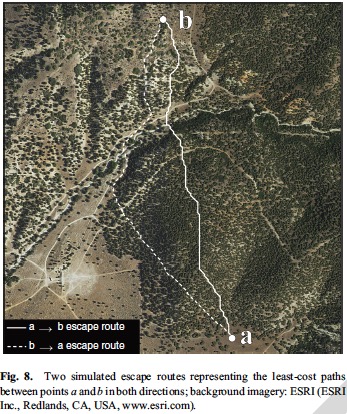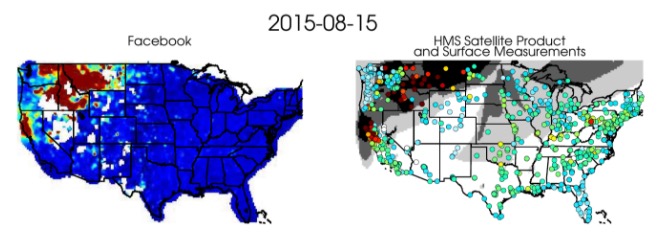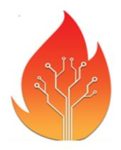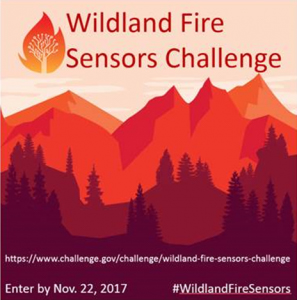Of the 22 research proposals funded by the Joint Fire Science Program in June, 16 of them were various ways of studying vegetation. At the time we wrote, “It would be refreshing to see some funds put toward projects that would enhance the science, safety, and effectiveness of firefighting.”
A recently completed study is directed toward the firefighters on the ground. The U.S. Forest Service has paid to have researchers study the feasibility of using LiDAR and computers to determine the most efficient and quickest escape routes if firefighters have to withdraw while attacking a wildfire. The LiDAR helped researchers evaluate how landscape conditions, such as slope, vegetation density, and ground surface roughness affect travel rates.
I have a feeling that there will have to be significant advances in portable handheld technology before fire crews in remote areas can take advantage of this type of data. However, who knows, maybe in 10, 20, 30, or 40 years grunts on the ground will have access to sophisticated tools that we can’t even imagine today. They might just speak into a lapel pin to ask for the best escape route, and an augmented reality head-up display or an orbiting drone with a visible laser will designate the path.
Even though the research was paid for by United States taxpayers through the U.S. Forest Service, those same taxpayers will be charged a second time if they want to see the full results of their investment. The fee is $25 to get a copy of the .pdf. It may be available months or years down the road at no additional cost.
The title of the paper is, A LiDAR-based analysis of the effects of slope, vegetation density, and ground surface roughness on travel rates for wildland firefighter escape route mapping.
A year ago the same group of researchers studied how to find and evaluate safety zones in a paper titled, Safe separation distance score: a new metric for evaluating wildland firefighter safety zones using lidar. This research IS accessible to taxpayers without paying a second time.
The recent paper about escape routes was written by Michael J. Campbell, Philip E. Dennison, and Bret W. Butler. Here is a summary of some of their findings.
Every year, tens of thousands of wildland firefighters risk their lives to save timber, forests and property from destruction. Before battling the flames, they identify areas to where they can retreat, and designate the best escape routes to get from the fire line to these safety zones. Currently, firefighters make these decisions on the ground, using expert knowledge of fire behavior and assessing their ability to traverse a landscape.
Now, a University of Utah-led study has developed a mapping tool that could one day help fire crews make crucial safety decisions with an eagle’s eye view.
The new study is the first attempt to map escape routes for wildland firefighters from an aerial perspective. The researchers used Light Detection and Ranging (LiDAR) technology to analyze the terrain slope, ground surface roughness and vegetation density of a fire-prone region in central Utah, and assessed how each landscape condition impeded a person’s ability to travel.
 “Firefighters have a great sense for interactions between fire and landscape conditions. We hope to offer to them an extra tool using information collected on a broad scale,” says lead author Michael Campbell, doctoral candidate in the U’s Department of Geography.
“Firefighters have a great sense for interactions between fire and landscape conditions. We hope to offer to them an extra tool using information collected on a broad scale,” says lead author Michael Campbell, doctoral candidate in the U’s Department of Geography.
Department of Geography professor and co-author, Philip Dennison, adds, “Finding the fastest way to get to a safety zone can be made a lot more difficult by factors like steep terrain, dense brush, and poor visibility due to smoke. This new technology is one of the ways we can provide an extra margin of safety for firefighters.” Continue reading “Can technology determine the best escape route for firefighters?”









